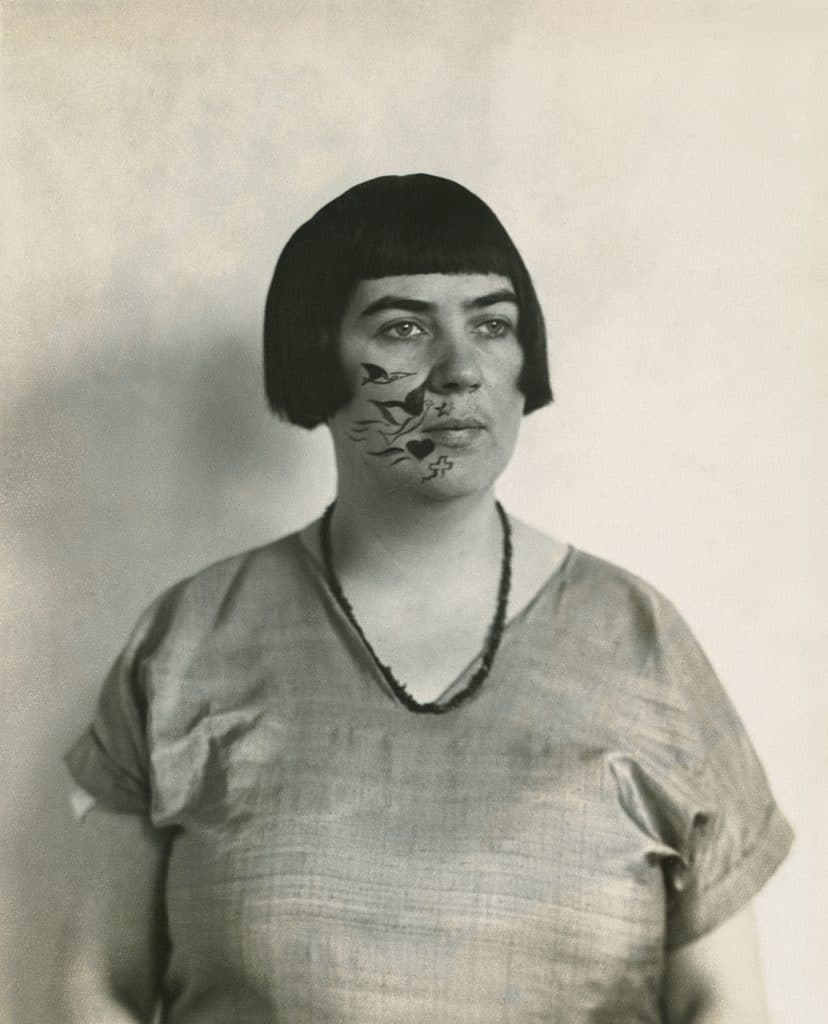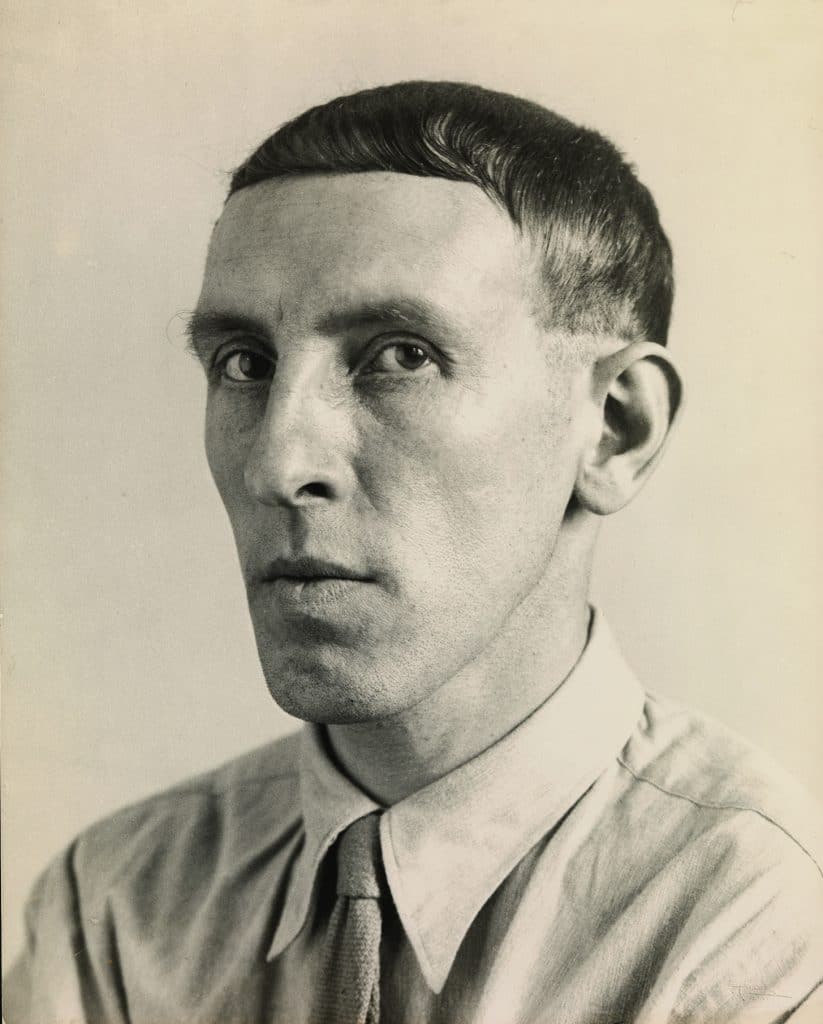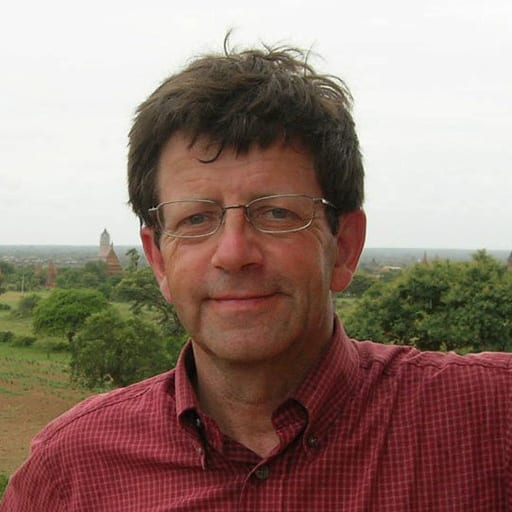Having completed his primary education, August Sander, aged 14, joined his father at the coal mine in their hometown of Herdorf in Rhineland-Palatinate. He might have spent the rest of his life working as a miner if he had not encountered Heinrich Smeck, the photographer working for the coal company. Smeck awakened a sense of vocation in the young man and took him on as an apprentice. Soon he turned him into an operator capable of taking his first portraits of villagers and miners.
Fascinated by a profession he was beginning to master, Sander refined and consolidated his practice with a tour of eastern Germany. He visited photography studios in Berlin, Magdeburg, Halle, Saale, Leipzig, as well as Dresden, where he took a few courses in drawing and painting, before establishing his own studio in Linz. Soon he started gaining notoriety in the small Austrian town, followed, from 1905, by a series of awards in Germany, Austria, and a gold medal at the International Exhibition of Decorative Arts at the Grand Palais in Paris.
By the time he settled in the Lindenthal district of Cologne, in 1909, Sander was a recognized artist. Still influenced by the pictorial tradition of the late nineteenth century, Sander initially offered his clients the format they expected: a solemn pose in front of a painted canvas backdrop, with a piece of furniture as an accessory discreetly hinting at the sitters’ social status.
This artisanal service was soon abandoned in favor of a contextualized commission: using the same sober, always respectful, tonalities, Sander endeavored to portray each client as a model representative of the society as a whole by investing the image with a signifying, rather than decorative, function. The abstract, uniform background, perfectly lit by studio lighting, gave way to the interior of a craftsman’s workshop, a professor’s library, and, outdoors, to the urban perspective of a city dweller, a hunter’s forest, etc., treated as components of the narrative.
As a good business manager, the Lidenthal photographer kept records of his clientele. He even envisioned a sort of catalogue raisonné of negative plates and prints. Sander gave a generic title to this work of archiving and production: “People of the Twentieth Century.” Anchored in the period of the Weimar Republic, a first edition of 60 portraits appeared in 1929 in the form of a book, Antlitz der Zeit (Faces of the Time), conceived as a sample of the work to come. Sander structured his magnum opus with encyclopedic rigor: 46 portfolios of 12 pieces each would be grouped into seven thematic sections, synthesizing the complex subdivisions of society into professions and trades, age groups and stations in life.
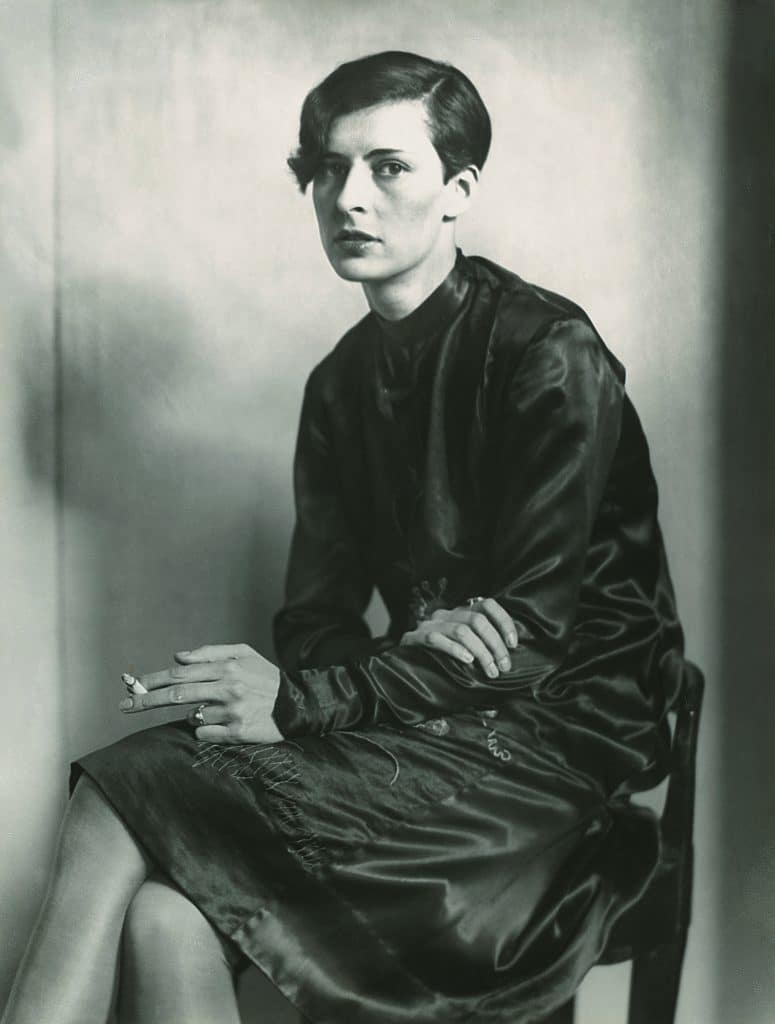
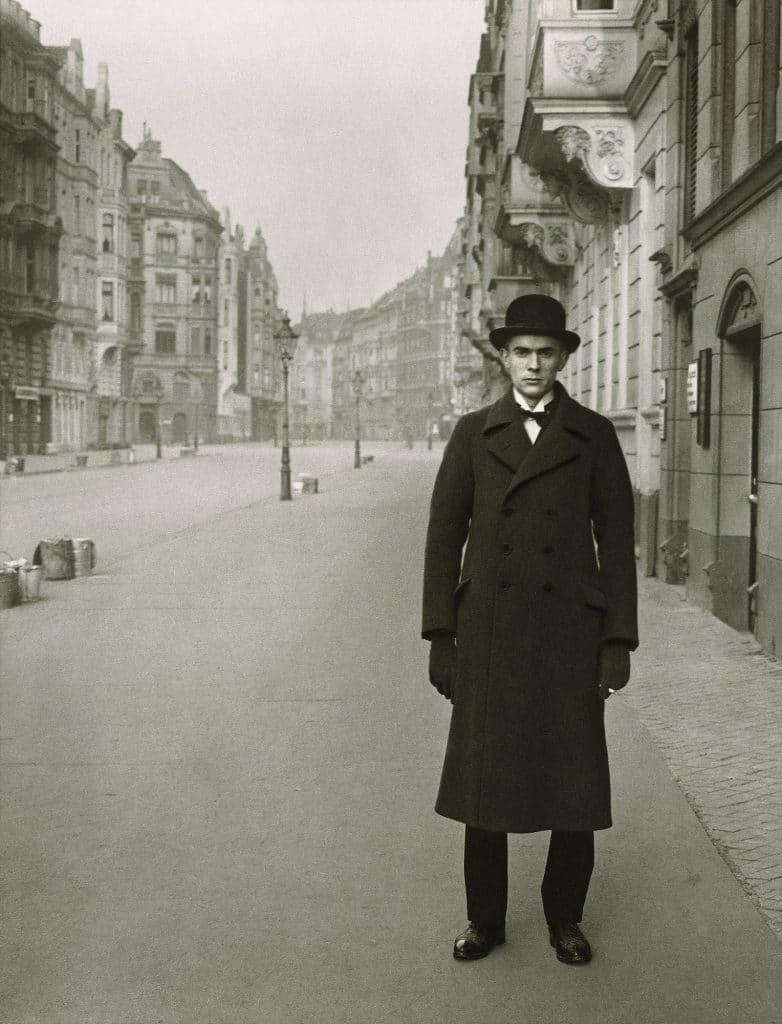
The arrival of the Nazi regime in 1933 threw a wrench into the publishing project: the presence of faces classified as non-Aryan led to Antlitz der Zeit being banned from sale, and the printing plates were destroyed. Sander’s proximity to the progressive artists of Cologne, several of whom posed before his lens, added to the new masters’ mistrust of the photographer who, from then on, devoted part of his time and production to the landscapes of the Rhine region.
Although he kept a low profile, Sander continued to receive the Jewish clientele of Cologne, who were pressured by the Nazi bureaucracy to produce ever new identity documents, and whose portraits he took in accordance with the same rules of art. Like those of the partisans with swastikas, the faces of the persecuted are part of the monumental project “People of the Twentieth Century,” which August Sander brought to a close one day in March 1944, with the photograph of the death mask of his son Erich, a political prisoner who died in the Siegburg prison a few days before his release.
Germany / 1920s / New Objectivity / August Sander. Exhibition at Centre Pompidou, in Paris, Galerie 1, level 6. May 11 to September 5, 2022.

